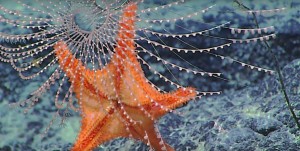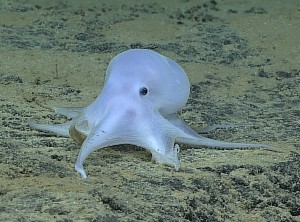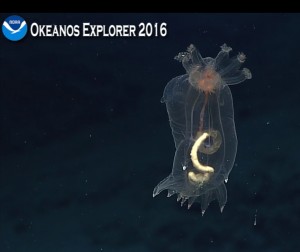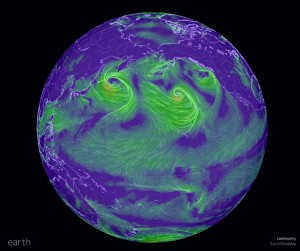Though our Nauticos team was disappointed that bad weather forced cancellation of our dives on the site of the Battle of Midway, we took heart in what was accomplished. The expedition yielded a great wealth of baseline information about the largely unexplored Northwest Hawaiian Islands National Monument. Eight ROV dives identified 249 different types of organisms, and 34 geological and biological specimens were collected including 13 species unknown to the region (or in some cases the planet). Dozens of scientists and students from around the world participated via telepresence, and many followers watched live feed through our Expedition Portal. A video of mission highlights can be seen here, courtesy of the NOAA Office of Ocean Exploration.
After a short port visit in Kwajalein for resupply, NOAA Ship Okeanos Explorer is conducting mapping operations to explore the largely unknown region surrounding the Wake Island Unit of the Pacific Remote Islands Marine National Monument. Our Expedition Portal continues to connect to live feeds from the ship, so check in for updates and continue to follow and explore the deep sea with us!




 The image at right, from
The image at right, from 

